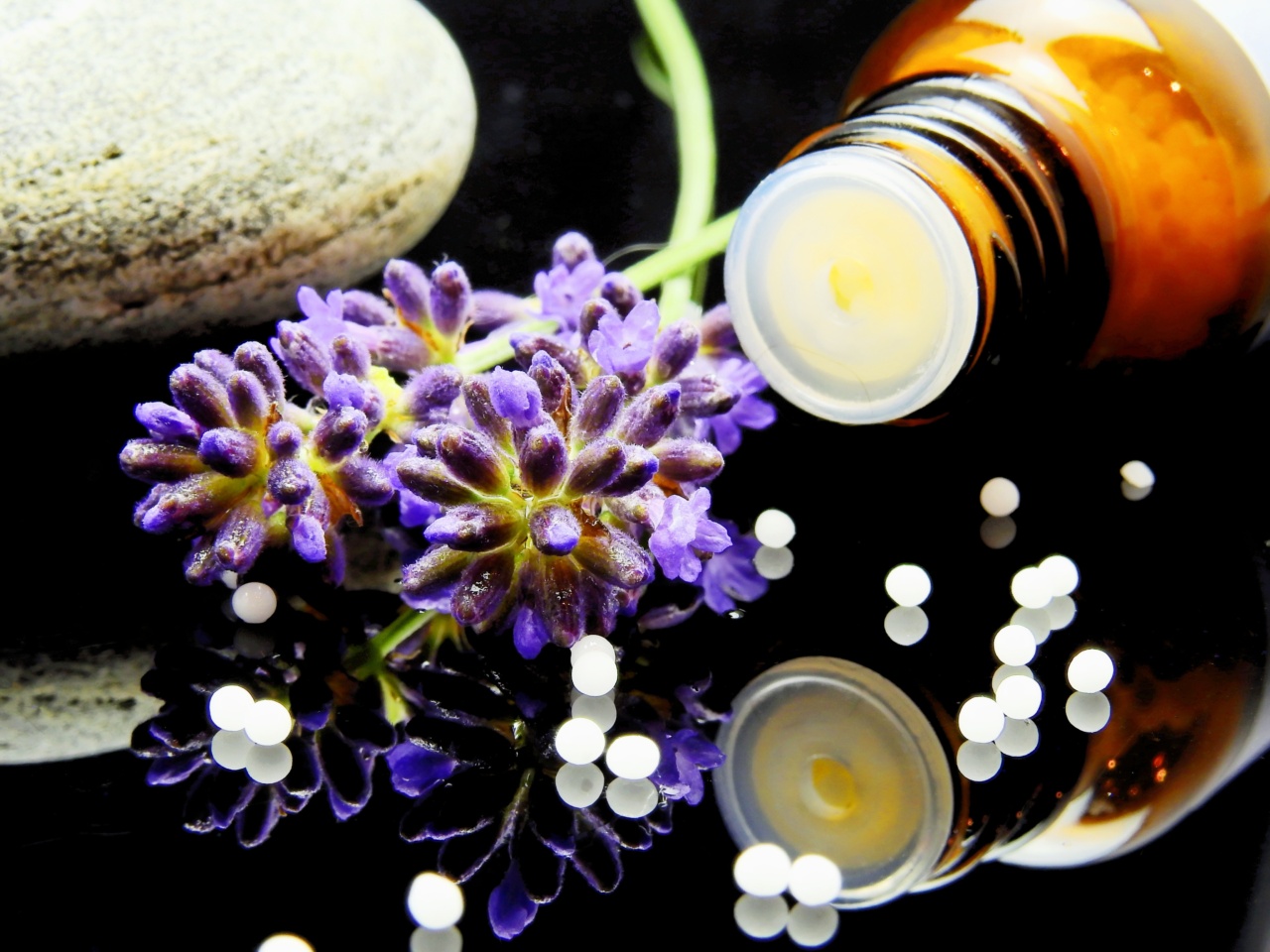Excessive salt consumption poses various health risks, including an increased risk of heart disease, high blood pressure, stroke, and kidney problems. However, reducing your salt intake is not as simple as avoiding the salt shaker.
Many processed and packaged foods contain high amounts of sodium, making it crucial to be mindful of your dietary choices. By making conscious decisions and incorporating healthier habits into your daily routine, you can reduce your salt intake and improve your overall health.
1. Understand the Health Risks of Excessive Salt Intake
Before making changes to your diet, it’s essential to educate yourself about the potential health risks associated with consuming too much salt.
High sodium intake can increase blood pressure, which is a significant risk factor for heart disease, stroke, and kidney disease.
2. Read Food Labels Carefully
When grocery shopping, take the time to carefully read food labels. Look for the sodium content of the products you purchase and opt for lower-sodium alternatives when available.
Choose foods labeled as “low sodium” or “no added salt” whenever possible.
3. Cook and Prepare Your Meals at Home
Preparing your meals at home gives you full control over the ingredients you use. This enables you to reduce the amount of salt in your meals.
Experiment with herbs, spices, and other flavor-enhancing ingredients to add delicious flavors to your dishes without relying on excessive salt.
4. Limit the Intake of Processed and Packaged Foods
Processed and packaged foods, such as canned soups, frozen meals, and snacks, tend to be high in sodium. Limit your consumption of these products and opt for fresh, whole foods whenever possible.
Vegetables, fruits, lean proteins, and whole grains are naturally low in sodium and provide essential nutrients for a healthy diet.
5. Be Mindful of Condiments and Sauces
Condiments and sauces can contribute significant amounts of sodium to your meals. Be cautious when using soy sauce, ketchup, barbeque sauce, salad dressings, and other condiments.
Consider making your own sauces and dressings using low-sodium alternatives or fresh ingredients.
6. Avoid Salting Your Food Automatically
Many of us have a habit of automatically adding salt to our meals without even tasting them first. Practice mindful eating and try to appreciate the natural flavors of the food.
Challenge yourself to reduce or eliminate the use of salt altogether, and you may find that you don’t even miss it.
7. Increase Your Potassium Intake
Adequate potassium intake can help counteract the effects of sodium on blood pressure. Incorporate potassium-rich foods like bananas, sweet potatoes, spinach, beans, and nuts into your diet to promote a healthy balance.
Potassium can help reduce the risk of high blood pressure and other cardiovascular diseases.
8. Choose Fresh or Frozen Vegetables Instead of Canned
Canned vegetables often contain added salt as a preservative. Opt for fresh or frozen vegetables instead, as these are naturally low in sodium. If you need to use canned vegetables, choose the reduced-sodium or no-salt-added options.
9. Be Cautious of Hidden Sodium
Some foods that may seem healthy can actually be high in sodium. Read the labels of products like bread, cereal, deli meats, and even some cheeses. Look for lower-sodium options or consider making them at home to control the sodium content.
10. Gradually Reduce Your Salt Intake
Reducing your salt intake abruptly may lead to a noticeable difference in taste that you may not enjoy. To make the transition easier, gradually decrease the amount of salt you use in your cooking and on your food.
Over time, your taste buds will adjust, and you will find yourself preferring less salty foods.
Incorporating these tips into your lifestyle will help you lower your salt intake and improve your overall health. Remember, small changes can have a big impact on your well-being.
By making conscious choices and opting for healthier alternatives, you can reduce the risk of various health problems caused by excessive salt consumption.


























